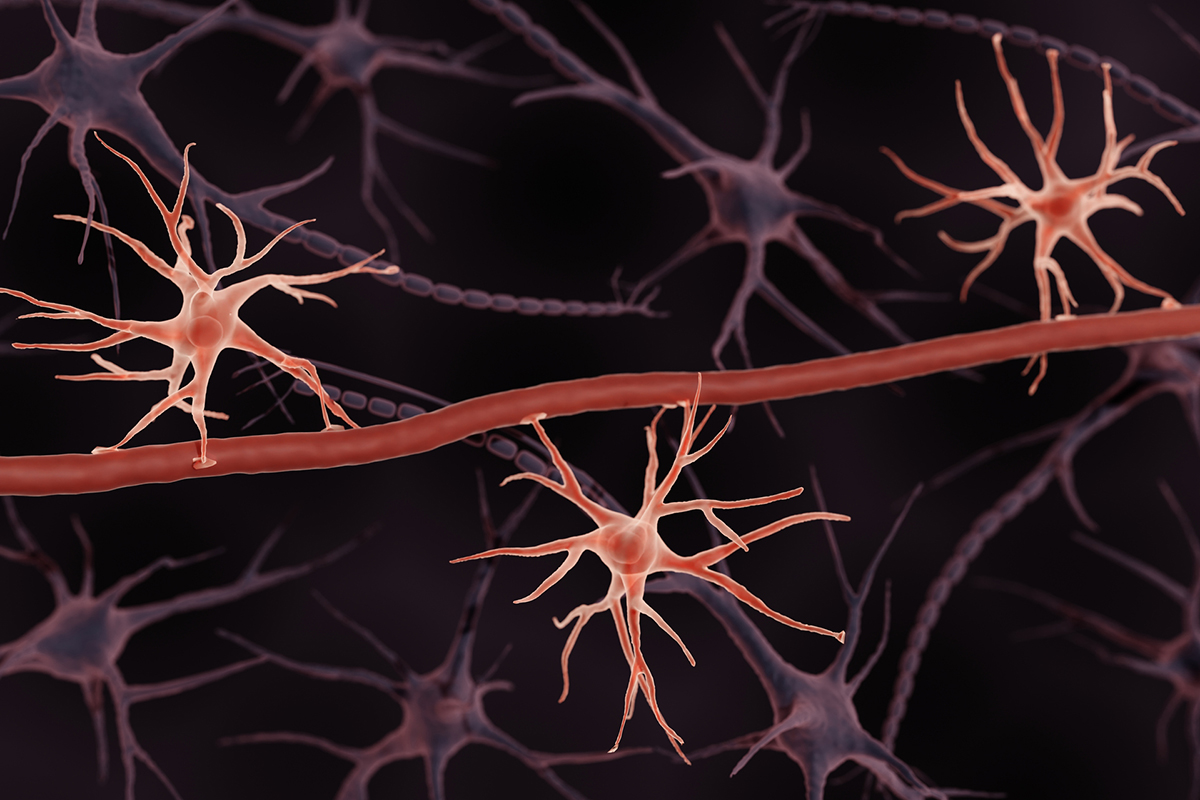
One of the many reasons cancer is challenging to defeat is that tumor cells use human biology for their benefit. For example, the immune system has a difficult time detecting cancer cells because they originate from and can be disguised to appear like healthy tissue cells.
Another example is the blood-brain barrier, which is a combination of blood vessels and tissue that separates the central nervous system from the rest of the body. In particular, this barrier is one of the main reasons why brain tumors are so difficult to treat. The barrier can pose challenges to the emerging type of cancer treatment known as cell and gene therapy.
Alliance for Cancer Gene Therapy (ACGT) has a guide for understanding the blood-brain barrier: what it’s made of, it’s purpose in the body, why it’s needed to protect the brain, and how it can hamper the immune system from controlling brain tumors.
Lastly, ACGT explains how doctors and researchers are modifying cell and gene therapy to hopefully bypass or penetrate this barrier and help patients with brain tumors such as glioblastoma. These modifications are still in research and testing, including a phase 1 clinical trial. There are additional details about the clinical trial at the end of this article.
Please help advance this research by donating to Alliance for Cancer Gene Therapy, which funds cutting-edge scientists who are exploring ways to strengthen the human immune system so that it can fight cancer.
What is the blood-brain barrier?
The blood-brain barrier is a network of cells and tissue made up mostly of endothelial cells. These cells prevent harmful substances like bacteria in the blood from crossing over into the central nervous system and contaminating the area around the brain and spinal cord.
This barrier is needed to keep the brain safe. However, as mentioned earlier, the blood brain barrier also acts as a shield against some parts of the immune system, most notably ones involved in fighting cancer.
How the blood-brain barrier can impede an immune response to cancer
When any disease or virus forms inside the body, the immune system is responsible for fighting it. Cancer is no different. However, immune cells such as T cells and natural killer (NK) cells circulate through the blood system. When they reach the blood-brain barrier, they are often turned away.
The brain has its own immune system and immune cells separate from the rest of the body. These cells are not designed to fight cancer, though, which leaves little immune resistance once tumors initially form in or around the brain.
The same barrier also rebuffs many types of cancer treatment, which is one of the main reasons why brain tumors are so difficult to treat. Any therapy that circulates in the blood, such as chemotherapy, can have trouble passing the barrier and reaching the area where brain tumors are growing and multiplying. Surgery is often not an option for brain cancer patients because the primary tumor is near a delicate part of the brain or spinal cord.
This leads to poor survival rates for many patients with brain tumors and central nervous system tumors. For instance, the 5-year survival rate for patients with the brain cancer glioblastoma is close to 10%. The 5-year survival rate for people with all types of brain tumors or central nervous system tumors is 35%.
How to bypass the blood-brain barrier with cell and gene therapy
Since there are 25,000 people diagnosed with a brain tumor each year in the United States, raising the life expectancy of patients is a priority for doctors and researchers.
One of the promising ways to accomplish this feat is through cancer cell and gene therapy. However, cell and gene therapy is an enhancement of the immune system. The most notable type of cell and gene therapy is CAR T-cell therapy, which adds a “chimeric antigen receptor” to T cells that are re-trained to identify specific cancer cells.
However, the blood-brain barrier poses the same obstacle for these CAR T cells as it does for most immune system cells. CAR T cells are infused into patients and travel to the tumor site via the bloodstream, which requires passing through the blood-brain barrier.
There is a potential solution to more effectively deliver cell and gene therapy. The most popular one is simply avoiding the barrier. Scientists are trying to accomplish this by injecting CAR T cells into the central nervous system.

This is called intracranial delivery of CAR T-cell therapy, and the delivery method is part of a clinical trial led by ACGT Scientific Advisory Council member Christine Brown, PhD, of City of Hope National Medical Center.
Dr. Brown and her team reported positive results from a phase 1 clinical trial for glioblastoma. They said intracranial delivery of CAR T cells put the therapy directly into the tumor microenvironment, where they went on the attack against the brain tumors.
This method resulted in a larger number of CAR T cells reaching the tumor site than the standard form of injection into the bloodstream.
For more information on this clinical trial, which is recruiting new participants with glioblastoma, please visit the study’s page on clinicaltrials.gov.
Page sources
- CAR T Cell Therapy in Primary Brain Tumors: Current Investigations and the Future. Frontiers. Retrieved: https://www.frontiersin.org/articles/10.3389/fimmu.2022.817296/full. Accessed: 08/01/2022.



